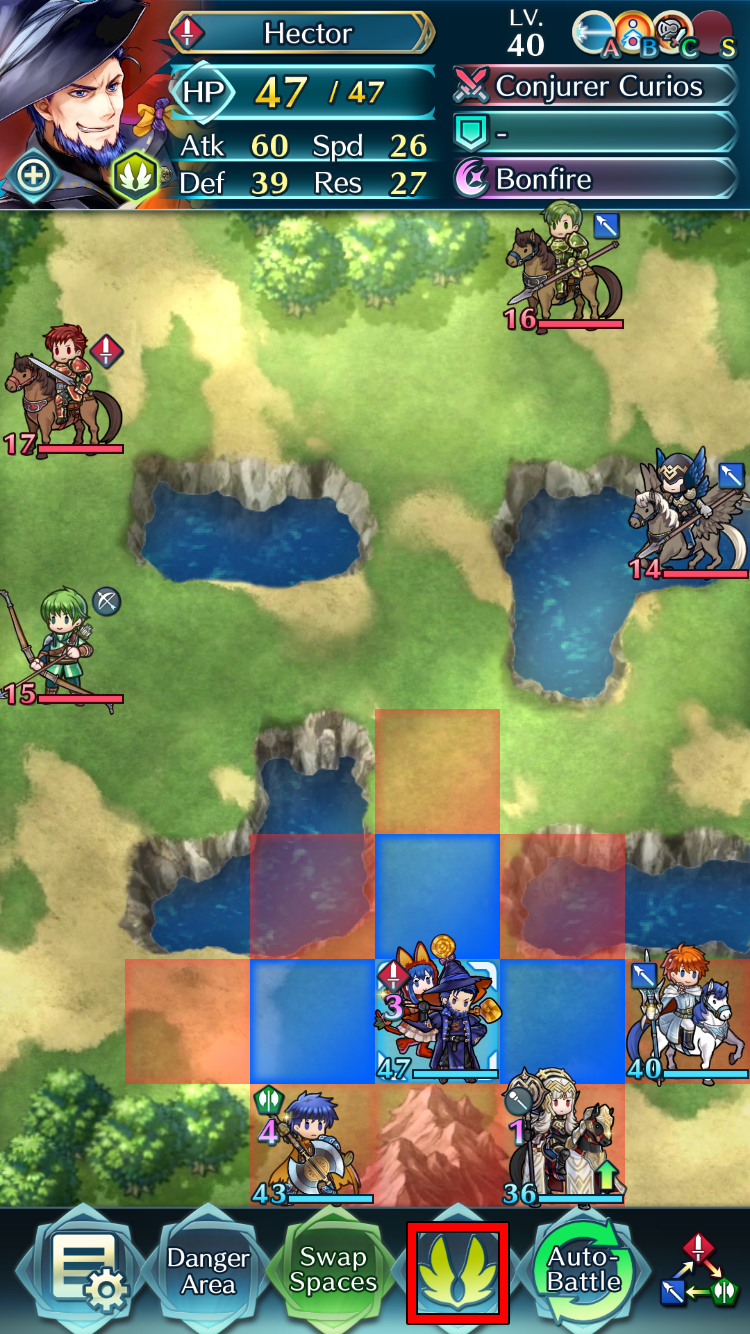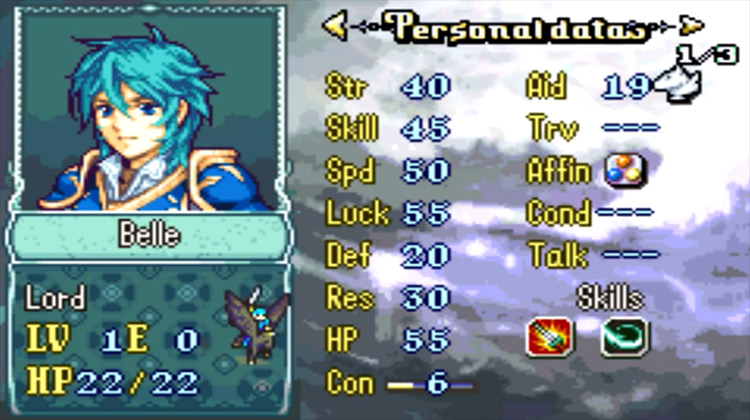
Playing a video game is a "lean-in" experience. Translating a movie via dialogue kindof looks weird, because the voices do not line up with the mouth movements. Translating a movie via subtitles means expending additional "brain cycles" to line up the subtitles with the speaker, but I'm not doing much else, so that's OK.

The lean-back experience is something like watching a movie. It's the difference between a "lean-back" experience and a "lean-in" experience. But I think there is at least one big non-technical concern: At least for me, it would be too jarring. Of course, all of those are technical concerns. Either making your overlay bigger than the original text, or maybe intercepting a controller button-press to advance the text. If your text ends up being longer than the Japanese text, you'd have to work out a way to deal with that. So, if you were to make a mapping of "untranslated text" to "translated text", you would have to work out every possible expansion of the interpreted script, translating each one individually. Instead, the game effectively became an interpreter: The game didn't open a dialogue window, the script itself included the code to open a dialogue window, which the game would parse and execute. You also have to deal with changes in coloration and highlighting, for example when you are selecting from a range of options.Įarthbound also had another trick: The dialogue system was not static text. The text was smaller, with thinner letter shapes, and when one of your characters was dead, the contrast between text and background was alot lower. Ignoring text that is "baked in" to the graphics, the dialogue was much more interactive. With Earthbound, things are much more complex.


With Zelda 1 that would indeed work there was not much text in the first place, and the typeface was blocky and easy to detect. I have technical concerns and non-technical concerns with the idea.


 0 kommentar(er)
0 kommentar(er)
